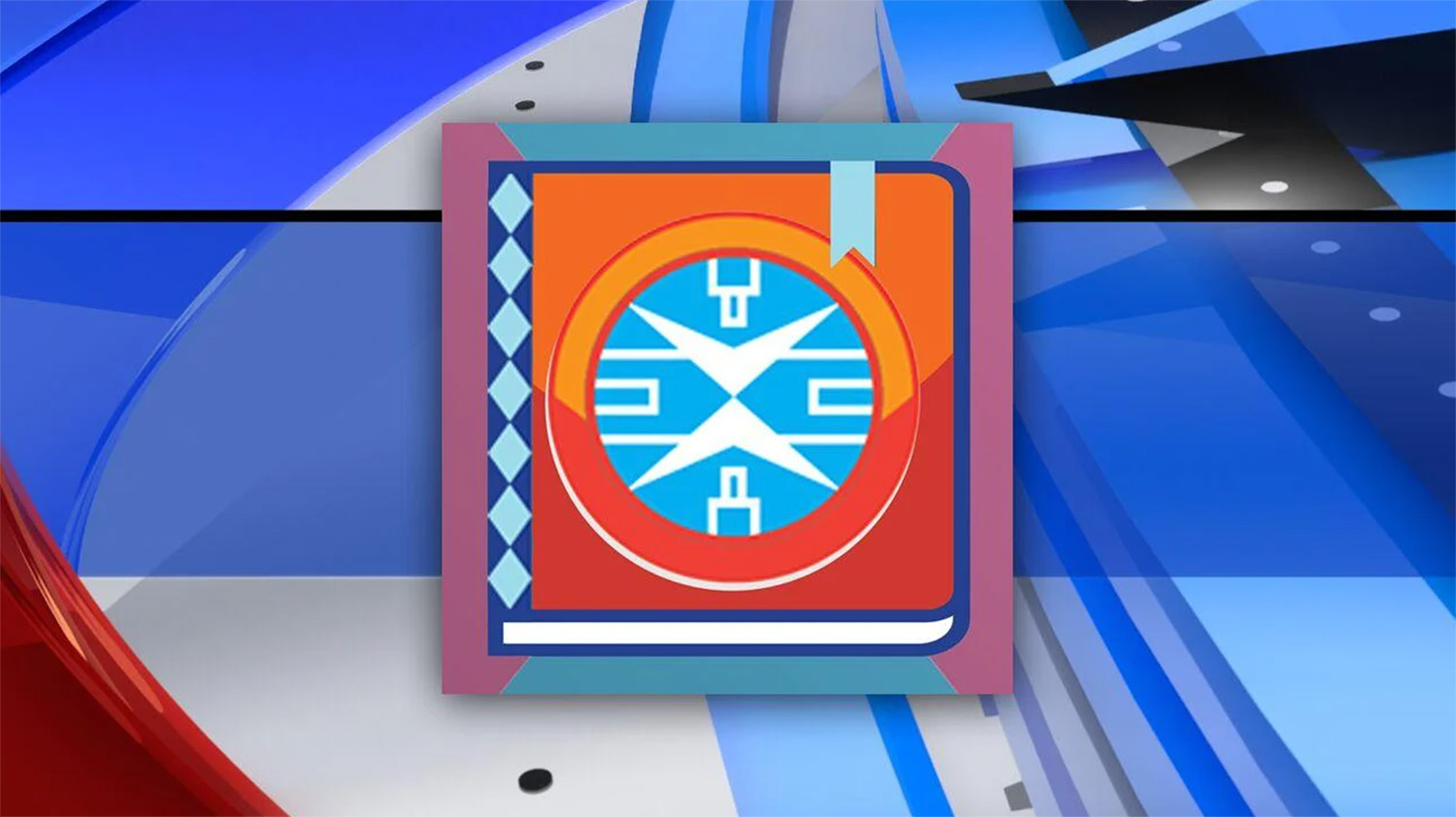Digital dictionary helping Crow language thrive
KULR-8 | November 4, 2021

Crow Mobile Dictionary app icon
CROW AGENCY, Mont. — Our neighbors living on the Crow Reservation seem to have something that’s becoming increasingly more common and concerning: a dwindling number of Crow people who can speak the Crow language.
In the 1960s, 85% of the Crow population spoke the Crow language. Today, that number sits at less than 20%.
But an idea that sparked six years ago in 2015 is hoping to breathe new life into the Crow language.
Thanks to a federal grant, The Language Conservancy, a non-profit based in Indiana, began the long and arduous process of creating a Crow language app with help from numerous fluent Crow speakers.
One driving force behind the app is Bob Rugh. He asks, without language, how can culture survive?
“All the novels that I love, all of the films that I love, the newspapers that I read — what if some took all that away from you? You know, your life would be empty,” Rugh said.
Roanne Hill is the Crow language and culture teacher at St. Labre Indian School here in Montana. She, too, is heavily involved in the development of the Crow language app.
“Now we have books, we have one, two, three books. The online dictionary is available, and I’ve really noticed a change, even on things like Facebook or some of those social media websites, where I can tell when people are using it because I’ve seen a whole level of accuracy in Crow language being written, and it’s really awesome,” she said.
And it was Hill who ignited a fire in Jacob Brien, drawing his interest in the Crow language when he was a high school freshman.
Brien is now in his sophomore year at Rocky Mountain College in Billings.
Even though he grew up on the Crow Reservation, he didn’t learn the language. But now, with the Crow language Conservancy app, which he also helped develop, he says he hopes to be a Crow linguist in just a few years and teach young members of the tribe how to speak their own language.
Brien blames the loss of the language on the Indian effort to assimilate into an English-speaking society.
“I feel like that’s why we’re in the place we are now because a lot of people, they learned English at school, whether they chose to or were forced to. Then they go off to college and then they have a job where they speak English. There’s no net for Crow speakers,” he said. “There’s no place where Crow speakers can go and work and speak Crow language. There’s no foundation for that. English is the money-making language, and we need money to survive.”
The Language Conservancy, which is dedicated to saving Indigenous languages, recently donated Crow books to the Billings Public Library, hoping to stoke more interest in the language.
According to Hill, in order to teach effectively, you have to go to the platforms used by learners. For younger folks, they now have access to the app on their phones, but Hill is excited that a printed Crow dictionary will be coming out early next year.
You can visit the Crow dictionary right now online by clicking here.
If you would like to download the Crow language app for Apple, you can do so by clicking here. It is also available for Android here.

